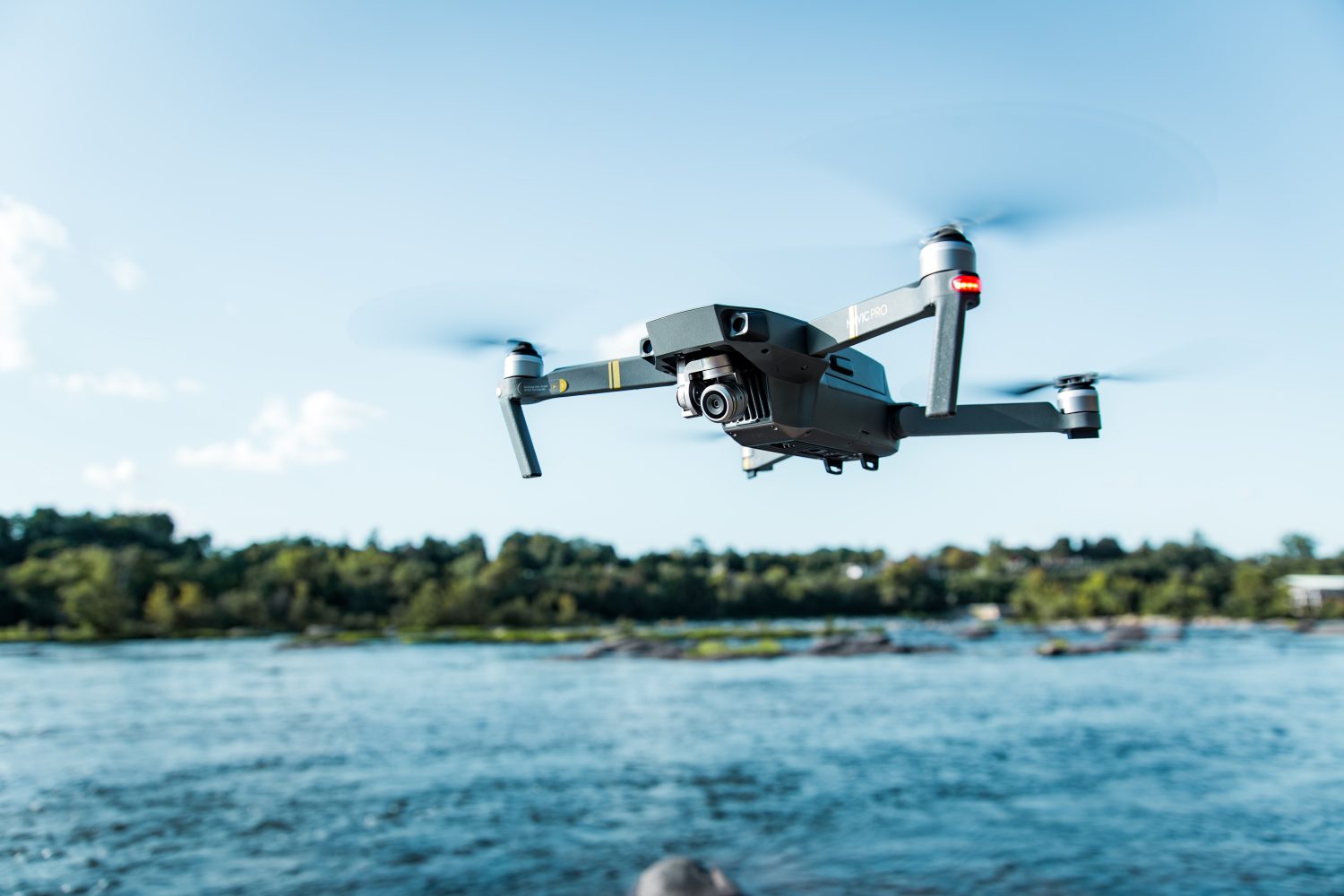
When New York Mayor Eric Adams announced the liberalization of permitting rules for drone operation in the city last July, he predicted it would lead to a growth of aerial services improving residents’ daily lives. One application he didn’t mention is one many New Yorkers are least enamored with: UAV surveillance by the police, which has increased exponentially over the past year.
Statistics compiled by the New York Police Department indicate its drone deployment shot up over fivefold during the first three quarters of this year compared to the same period of 2022, or from 78 to 404. Figures covering July-September, meanwhile, spiked by a factor of 11, from 19 UAV deployments to 211.
Those represent enormous increases in their own right, but are particularly remarkable given the privacy concerns many New York inhabitants have said they feel about tech – including drones – being used for surveillance and police monitoring purposes.
The dramatic rise of UAV use by police in New York was initially reported this month by city publication Gothamist. It cited department statistics from previous periods to note the force had “tripled its use of drones in the last year.” It added that the 143 deployments in the second quarter of 2023 contrasted with the force having “never deployed drones more than 50 times in a three-month period” before.
The Q3 statistics indicating an even sharper rise to 211 deployments were apparently released since then, reinforcing the Gothamist‘s observation of more frequent and steadily increasing drone use by New York police.
That trend probably shouldn’t be surprising, despite what has been continued opposition in public opinion, civil liberties, and privacy protection groups to the use of drones and other tech for surveillance.
For starters, Adams – himself a former police official – has been a loud and constant advocate of expanded uses of emerging methods and tech assets in law enforcement.
Meanwhile, though his move in July to ease use of drones was mainly intended to permit commercial aerial service providers to work in a city that had long maintained a virtual blanket flight ban, it was only logical that cops and emergency response agencies already allowed to deploy the craft would also do so more frequently.
Indeed, even before Adams’ liberalization declaration, New York police began discreetly flying its drones more often, including during testing of UAV deployments in emergency response scenarios less than a week before the mayor’s announcement.
Since then, the force has unapologetically introduced wider deployments of the craft in monitoring public protests, assuring order at sporting and other events, scanning beaches for sharks, and even responding to complaints about parties in people’s homes or yards.
Albert Fox Cahn, the executive director of the Surveillance Technology Oversight Project and one of the leading advocates against the use of drones by New York’s police, says the basic threat to privacy engendered by such techniques is a worry to city residents on its own. Additionally troubling, he contends, is the forceful attitude with which the department and city officials have pushed UAV deployments that many New Yorkers oppose.
“This is a local police department that increasingly acts like a national intelligence agency,” Fox Cahn told Gothamist. “The idea that you can have a drone hovering over a protest, collecting the identities of every person there, without any oversight, without any protections? That’s unbelievably chilling.”
Image: Karl Greif/Unsplash
FTC: We use income earning auto affiliate links. More.



Comments